Blog • Understanding Publishing
Last updated on Oct 15, 2025
IngramSpark Review: Read This Before Using It!
Martin Cavannagh
Head of Content at Reedsy, Martin has spent over eight years helping writers turn their ambitions into reality. As a voice in the indie publishing space, he has written for a number of outlets and spoken at conferences, including the 2024 Writers Summit at the London Book Fair.
View profile →IngramSpark is a publishing platform that provides print-on-demand (POD) and ebook publishing services to independent authors. Perhaps their biggest selling point over Amazon is their global distribution network, which sells books and ebooks to over 40,000 outlets across countries. Though they won’t necessarily appeal to everyone, IngramSpark should be on the radar of any self-publishing author.
Scroll on down, where we’ll dig into IngramSpark’s big features and check out their pricing plans.

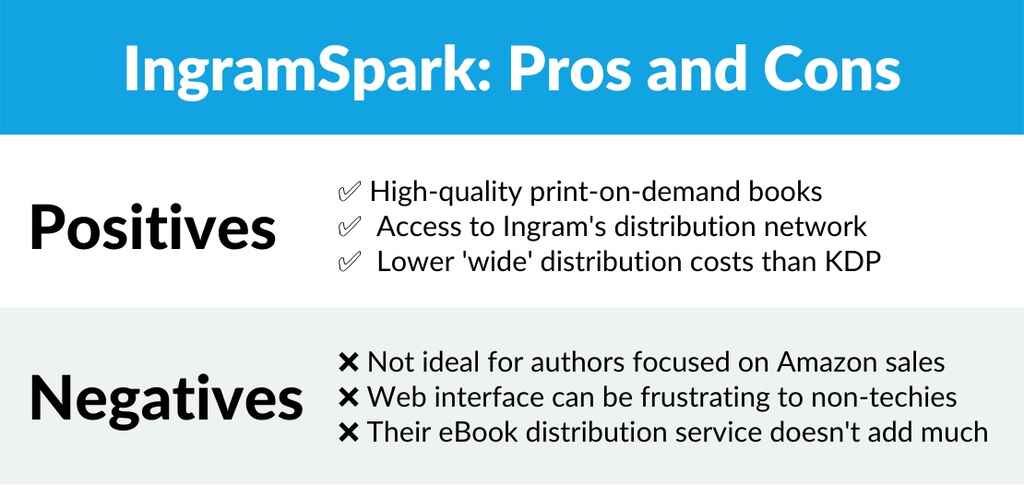
Feature Overview
While IngramSpark also offers ebook-only publishing as a service, it’s really more of an afterthought. They’ve built their business on print-on-demand and print distribution, which is what we’ll focus on in this review
Quality print-on-demand books
Print on demand is a system where you only print copies of your book as and when they’re needed. These copies can be shipped directly to the author or customer, or delivered to one of IngramSpark’s partnered retailers. In theory, a customer should be able to walk into any of their carriers and request a copy of your book.
While it may vary from one printing location to another, IngramSpark is one of the most reliable POD services when it comes to the actual product. You can trust that they’ll turn out good quality, professional-looking books — assuming that your formatting and cover design have been executed to a professional standard.
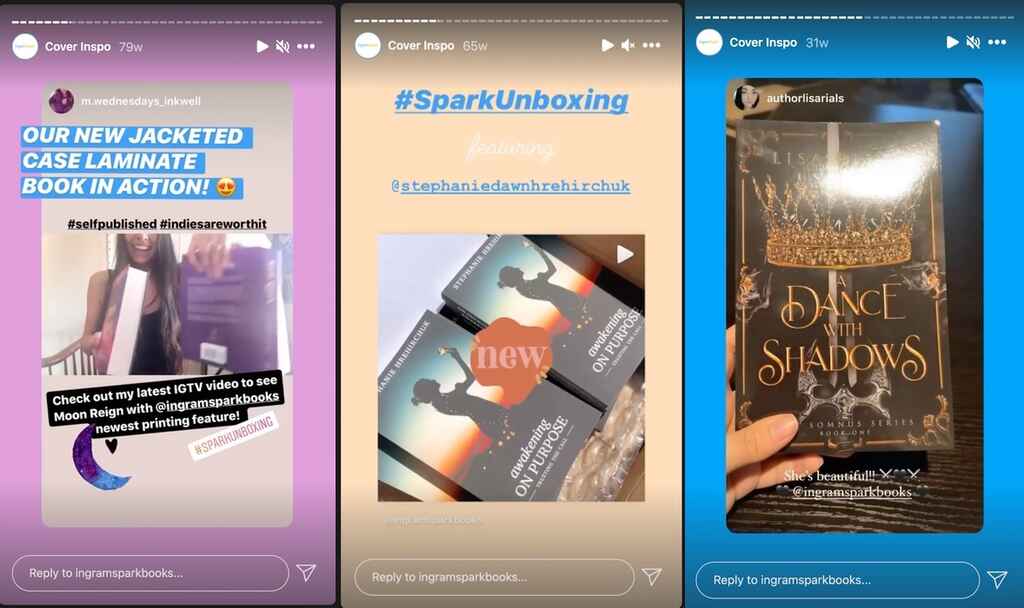
With dozens of trim sizes and paper options to choose from in soft and hardcover formats, IngramSpark’s service works well for indie publishers of novels, nonfiction books, and memoirs.
Should you want to publish something a bit more specialized (like an art book or an intricate cookbook), you may wish to look for a more hands-on service like Blurb, who can help you ensure your final product looks just right.
Steep learning curves for non-techies
The interface for IngramSpark is somewhat less intuitive than those of Blurb or KDP Print. While their platform will flag up major issues when you’re uploading your book file, it doesn’t hold your hand through the formatting process or make any suggestions for improvement. For this reason, you’ll want to make sure your formatting is immaculate before uploading.
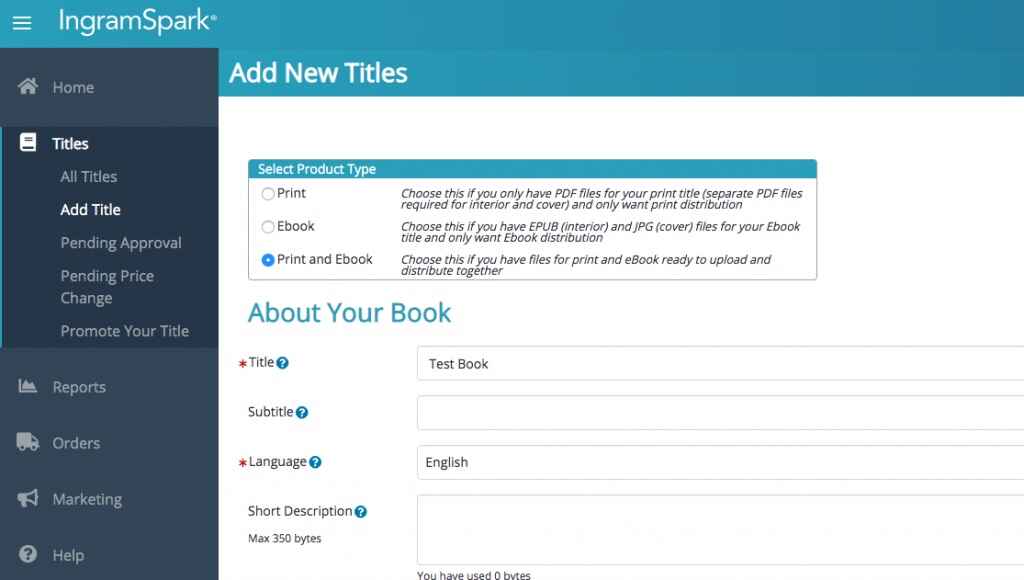
To create a flawless, compatible book file that’s ready for distribution, try Reedsy Studio. It’s a free book formatting app that does the hard work for you and minimizes the risk of costly revisions down the line (more on that later).
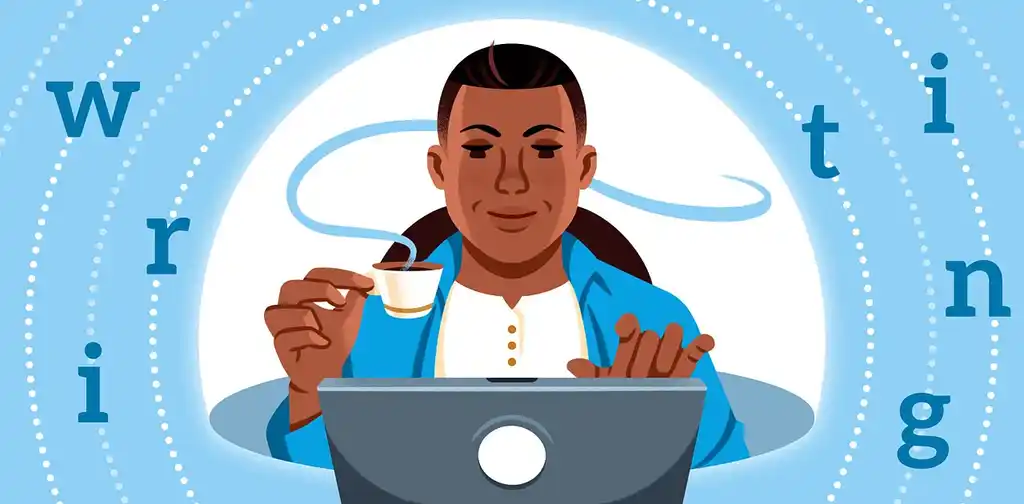
FREE FORMATTING APP
Reedsy Studio
Format your manuscript for print or EPUB with a single click.
Even for tech-natives, IngramSpark's online platform is a little hard to use. While we quickly got to grips with its quirks, this may be an issue for authors who find self-publishing daunting enough as it is. But should you master Ingram's dashboard, a few big benefits are waiting for you.
Note: in addition to its lack of user-friendliness, IngramSpark's customer support is known to be very limited. We know of many authors who have tried (and failed) to contact their team to report issues with printed copies.
Access to the widest network of brick-and-mortar stores
The worldwide distribution network that indie authors can access via Ingram is unmatched by other POD services. Through Ingram Book Group (IBG), their titles are automatically made available to tens of thousands of retailers, including Barnes & Noble, Walmart, Target, and other well-known, independent wholesalers and retailers inside and outside the US. Your books can even be made available to schools and libraries.
Fun fact: Most other POD services actually use the IBG’s impressive network to distribute their books. To cut out the middleman (and excessive fees), you can go directly to the source with IngramSpark themselves.
Compared to KDP Print, IngramSpark offers a more appealing deal. While KDP will also sell paperbacks to booksellers and libraries via their ‘Expanded Distribution’ program, the low royalties and high distribution costs that Amazon charges for this “privilege” make this an unattractive proposition for indie authors.
Note: Distributors will only list your book for sale. It is still up to the publisher (i.e., you) to convince bookstores to stock your book — or to get your readers to go into bookstores and ask the friendly booksellers to order a copy for them.
A way to wean yourself off Amazon
There are a number of reasons an indie author might not want to rely on Amazon to publish their book. Firstly, KDP’s hefty ‘Expanded Distribution’ charges make it hard for an author to turn a profit selling print copies.
Then there’s the ethical side: for many authors, the idea of giving more money to the world’s largest corporation — one with a spotty worker’s rights history, whose continued growth is choking both the high street and small businesses — is hard to reconcile.
Lastly, it’s important to note that many bookshops don't order from Amazon — in particular, small independent bookstores (the kind most likely to stock small independent books). This is what author Mason Engel discovered when he went on a pan-American tour of indie bookstores and found that many booksellers weren't too impressed with his choice of distributor.
If any of these considerations make you think twice about focusing your marketing efforts on Amazon, then IngramSpark provides an alternative with an impressive breadth of distribution (the best of all of Amazon’s competitors).
Top tip: To get the best of both worlds, buy your own ISBN numbers, then set up your book on KDP and IngramSpark separately, as if they were different titles (you could create two slightly different versions). Make sure you list your book on Amazon first, and that you do not select the Expanded Distribution option.
IngramSpark Service Costs
IngramSpark used to charge authors both to set up a title and to update their book's files. However, as of May 2023, you can list both print and ebook titles for free, as well as revise your files without charge for the first 60 days after your title has been approved.
So, to calculate the service costs, you will also have to factor in the per-unit cost of printing and distributing your copies — which will be taken out of your royalties. These can vary depending on the print options you choose, as well as the number of units in your order. According to IngramSpark, price is dependent on:
- Trim size;
- Interior color and paper;
- Binding type (paperback or hardback);
- Laminate type (gloss, matte, or textured);
- Page count;
- Quantity; and
- Ship-to address.
You’ll also be setting your own wholesale discount for IngramSpark, and this level of flexibility can be a great bonus. While higher wholesale discounts will eat into your profit margin, they can serve as an incentive and attract retailers to buy and push your book. Around 55% is usually the sweet spot for wider retailers, while KDP Print set their own as 40% on-platform.
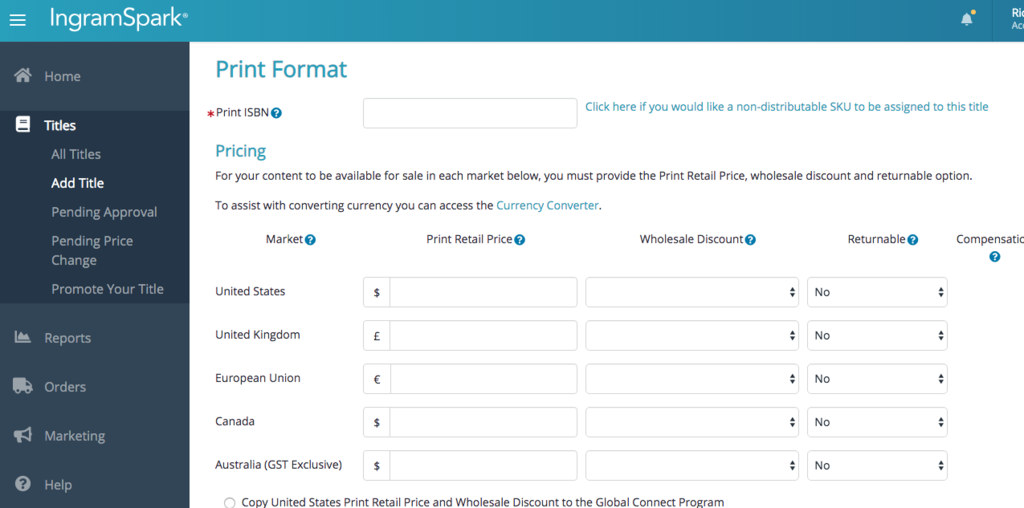
IngramSpark has a calculator which you can use to determine what you’d be paying them ahead of time (although, as they point out, this calculation doesn’t include sales tax). For example, a standard 280-page black-and-white paperback printed to industry standard with a 50% wholesale discount would cost you $4.80 in printing fees. This leaves the publisher (you) with compensation of $1.20 per book — assuming that retailers are buying enough copies to get the wholesale discount.
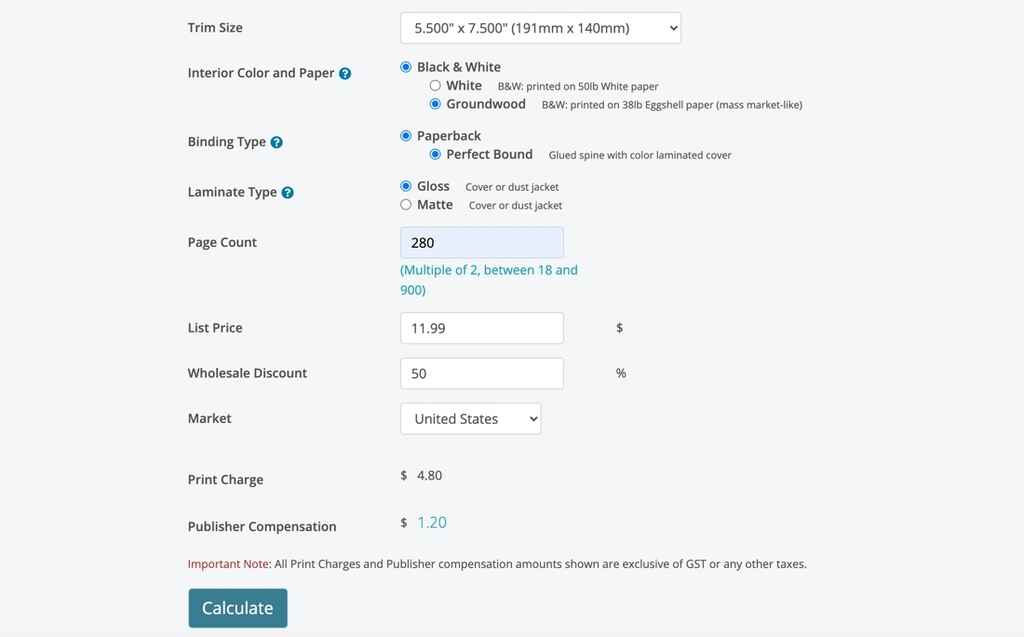
For a comparison of IngramSpark and its major competitors in terms of price, quality, and other features, head to our guide on print on demand.
Verdict: Is IngramSpark right for you?
Whether IngramSpark is the right choice for you depends largely on your publishing goals. However, here’s a summary of reasons why you may wish to use this service.
- If you want to have your book in real brick-and-mortar stores, and you don’t mind spending some time learning the ropes of the interface.
- You want to avoid the Amazon machine (or you think most of your sales will come through other channels).
- You don’t mind taking a hybrid approach that involves using KDP Print for Amazon and IngramSpark for all other retailers.
Reedsy rating: 3/5
To see your other options for creating hard copies, check out Reedsy's guide to Book Printing Services.

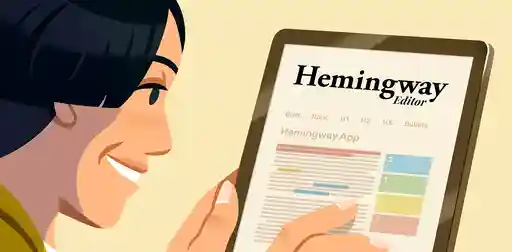

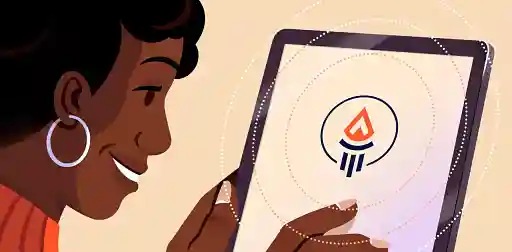





8 responses
Chaunte Mills says:
29/10/2019 – 12:54
Thank you so much! This was a good read and very informative! The promo code was an amazing added bonus! I submitted my title for review as print only until I get the epub to add it... Will it be an issue to add the ebook version later, or should I have waited to do both together?
Katie Dale says:
04/02/2020 – 18:08
I am still confused. I want the best of both worlds - Amazon KDP and IngramSpark so I can sell on both Amazon and in bookstores. I still bought my own pack of 10 ISBNs and don't know if that was a waste because KDP and IS both issue their own...I want print and ebook for both distributors, so was that a waste? What am I missing? Furthermore, do I distribute expanded distribution on KDP to get into other distributors, and forget IS? Or use IS to distribute through Amazon at less of a profit to me? My goal is, as I said, to sell both ebook and print on both Amazon and bookstores...what's my plan of action for ISBNs and distribution??
Isabel Jolie says:
10/02/2020 – 00:22
Hi- I published with Ingram Sparks in January. I have been happy.....until it came to reporting. I can see total Paperback/POD purchases, but I don't see a breakout of source (ie Nook, Apple, etc). And I have ZERO data on ebook sales. They state that partners provide data 25 days AFTER month end. And, I'm concerned that report won't break out results by retailer. From a marketing perspective, this is an impossible situation. If anyone else has experience with this, or if there is a way around this I'm not seeing (ie finding a way to access results directly from retailers such as B&N, Apple?) please comment and let me know!
Guy Giard says:
22/02/2020 – 13:08
PLEASE' tell me what do you make of all these negative comments???? Thanks https://www.trustpilot.com/review/ingramspark.com
↪️ Irene replied:
26/02/2020 – 18:22
I have the same question. If you get a response or learn anything could you possible let me know?
Cindy says:
03/03/2020 – 02:14
I am setting up my own publishing company and was wondering if you could tell me who a good POD/distribution company would be? I want to have the lowest cost yet have good quality. I read the reviews about Ingram Sparks on your blog, (which weren't too good.) Can you please advise?
↪️ Martin Cavannagh replied:
03/03/2020 – 12:20
We recently ran a comparison between the major POD players: https://blog.reedsy.com/print-on-demand-books/ I hope that helps a bit!
Toby says:
28/03/2020 – 02:40
I use Ingram Spark because I wanted to control my own ISBNs and make my print books available through bookstores. I find them easy and efficient to deal with and the print quality of their books is great. On the negative side it is quite expensive to use Ingram Spark. There are fees for accepting your book files although they do have periods of free setup. Another major gripe is the fee you're hit with every time you want to update your file. If you have a book available as a print and eBook and you find say a typo on the cover and in the body text you'll be hit with four revision fees. It can really add up. Another issue is the availability of books to bookstores. Most booksellers have specific suppliers. If a customer asks for one of my books the bookstore will have to have an account with Ingram Spark to be able to order the book. Many don't and can't be bothered.